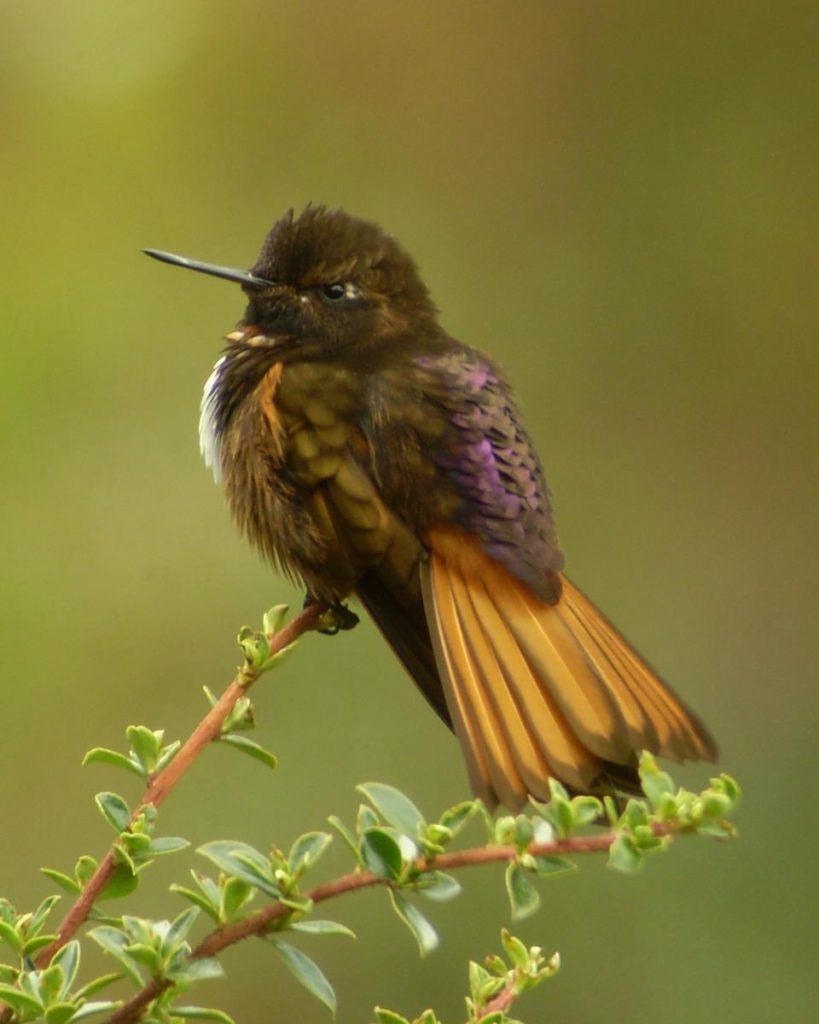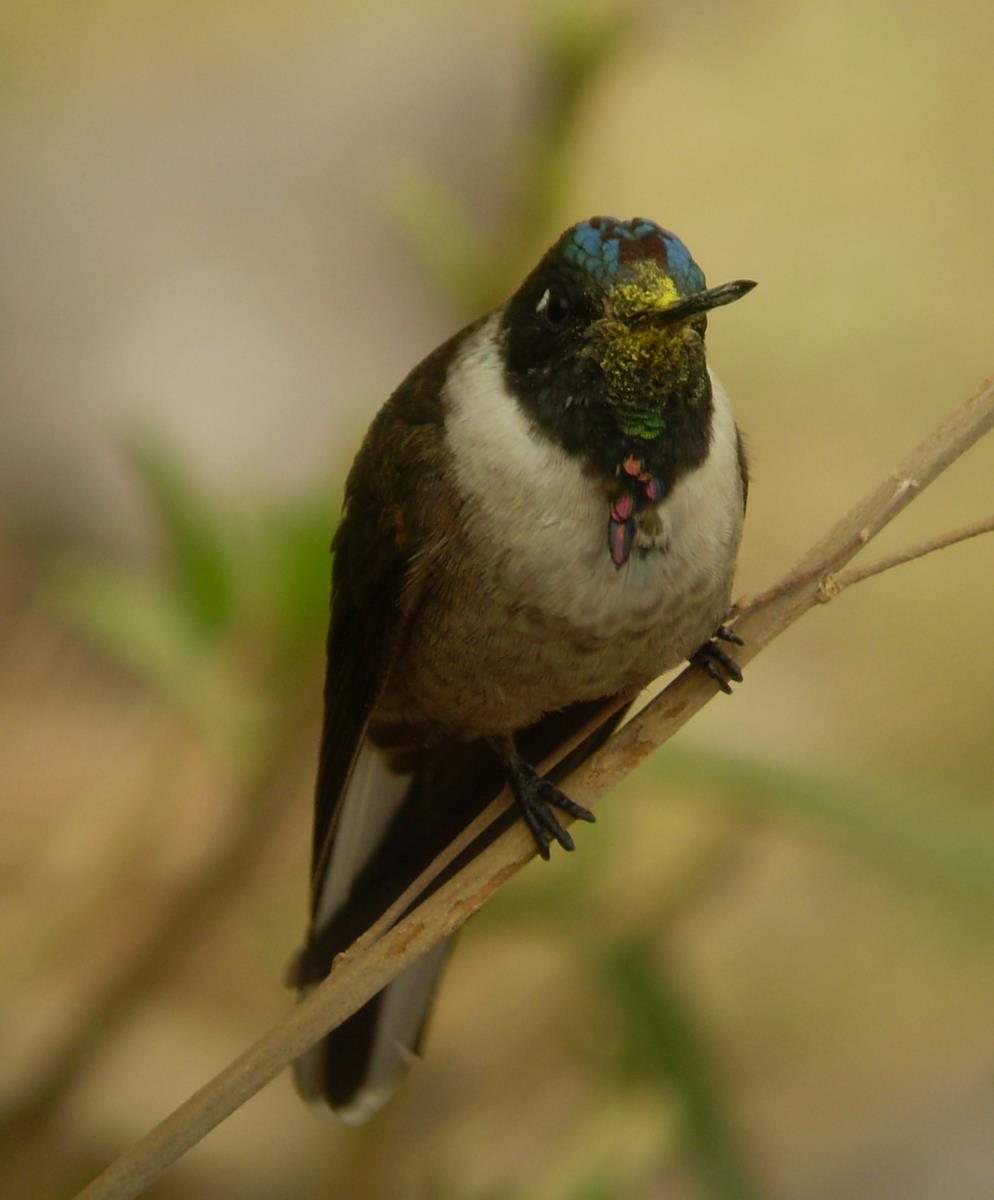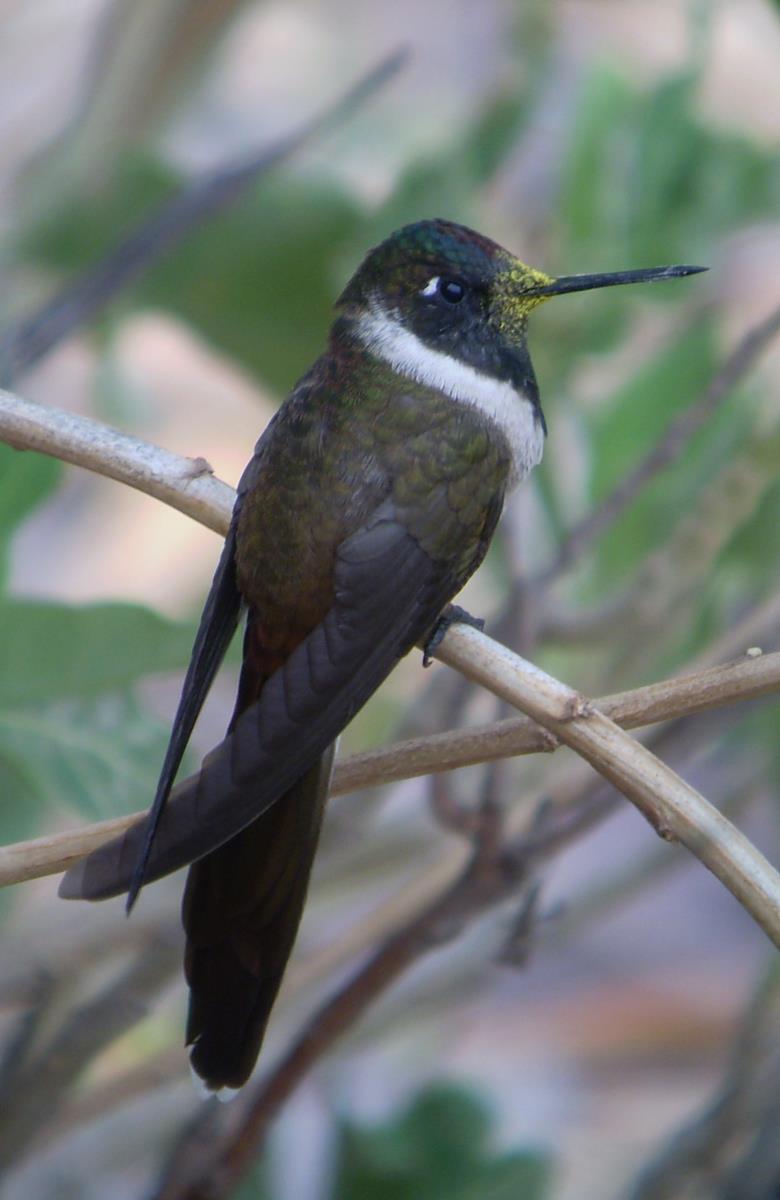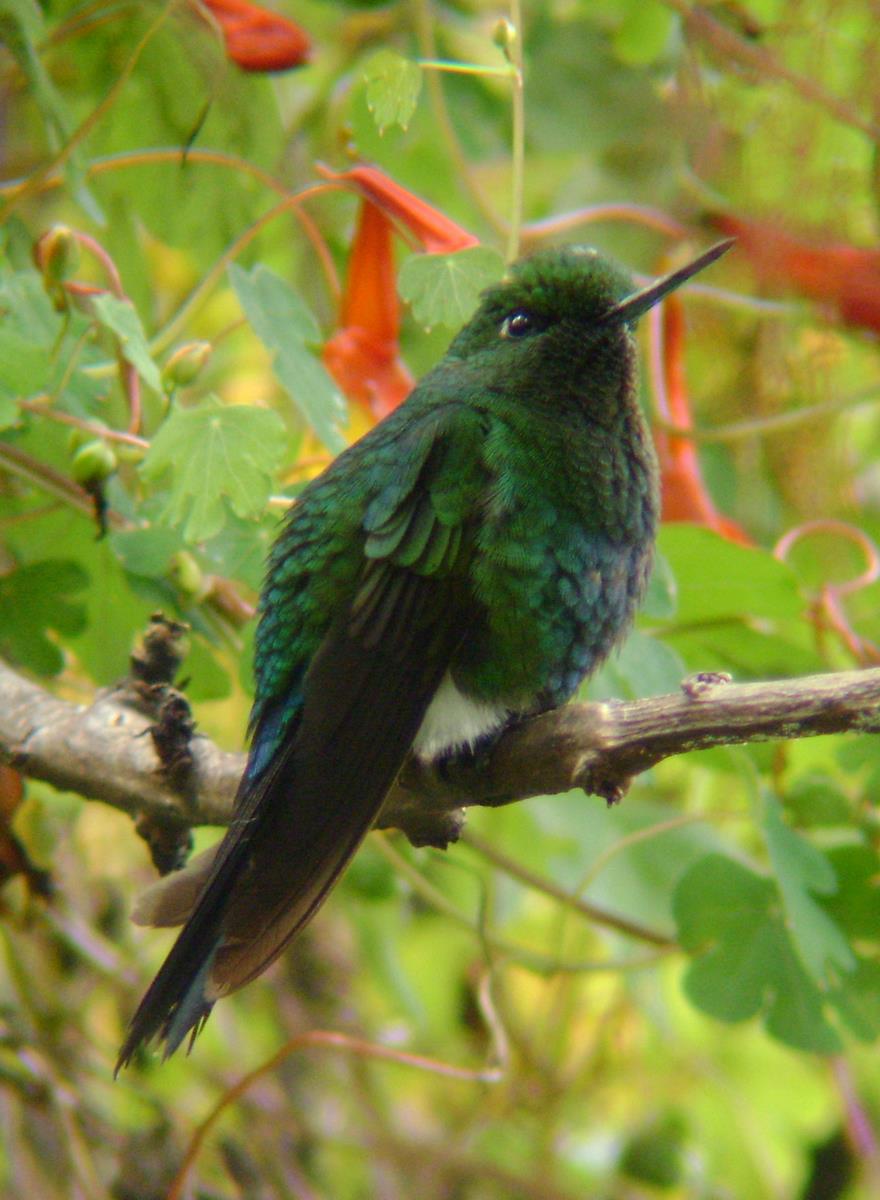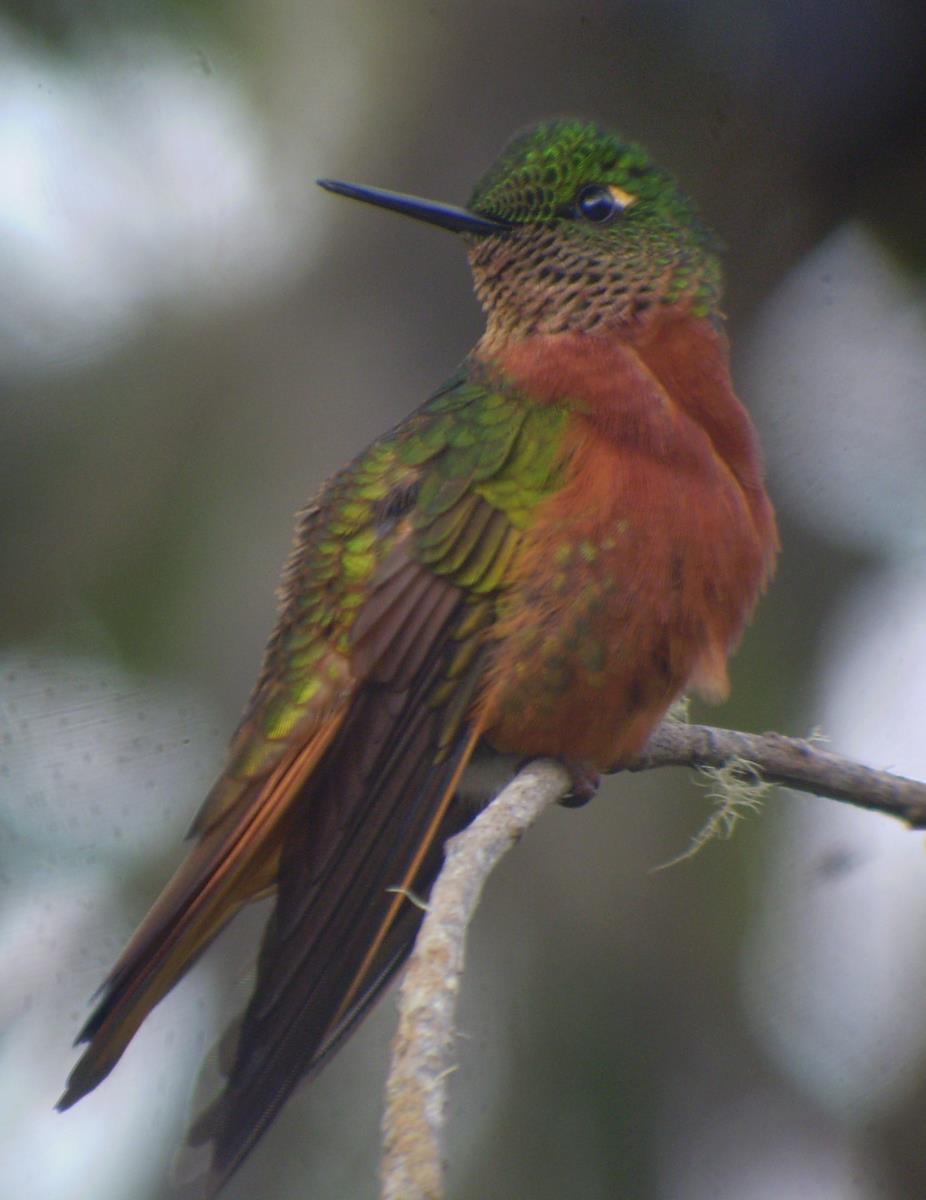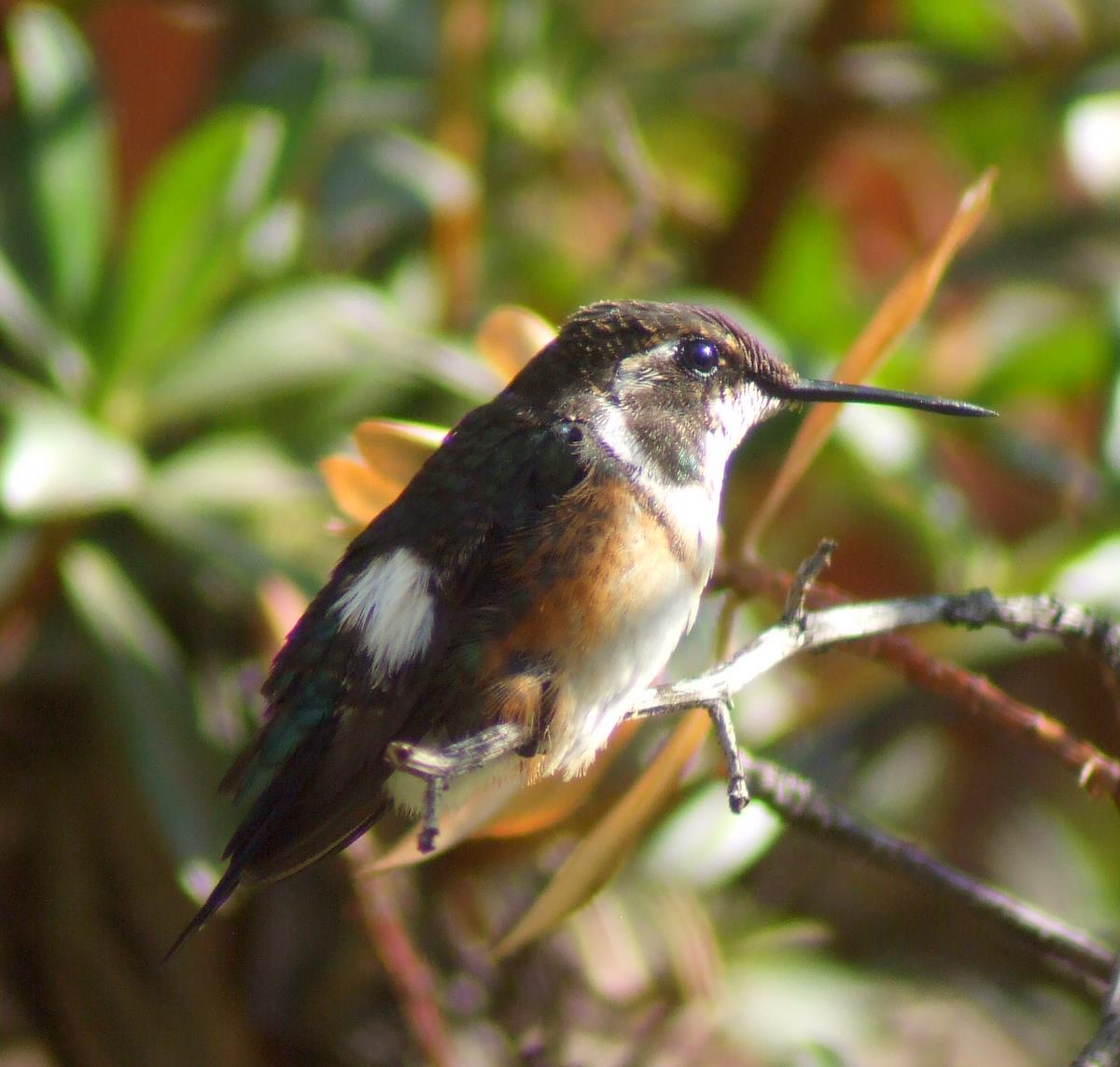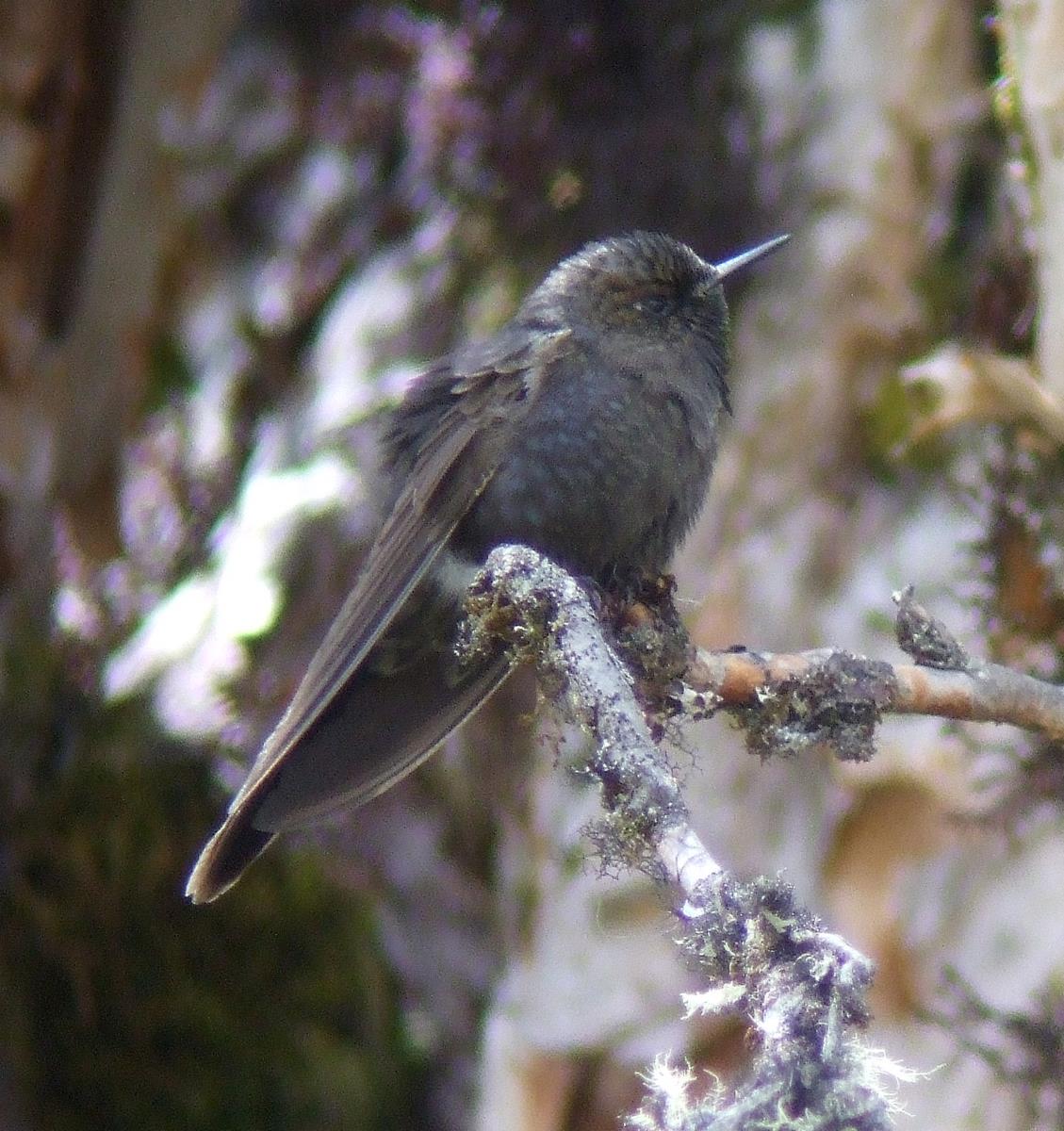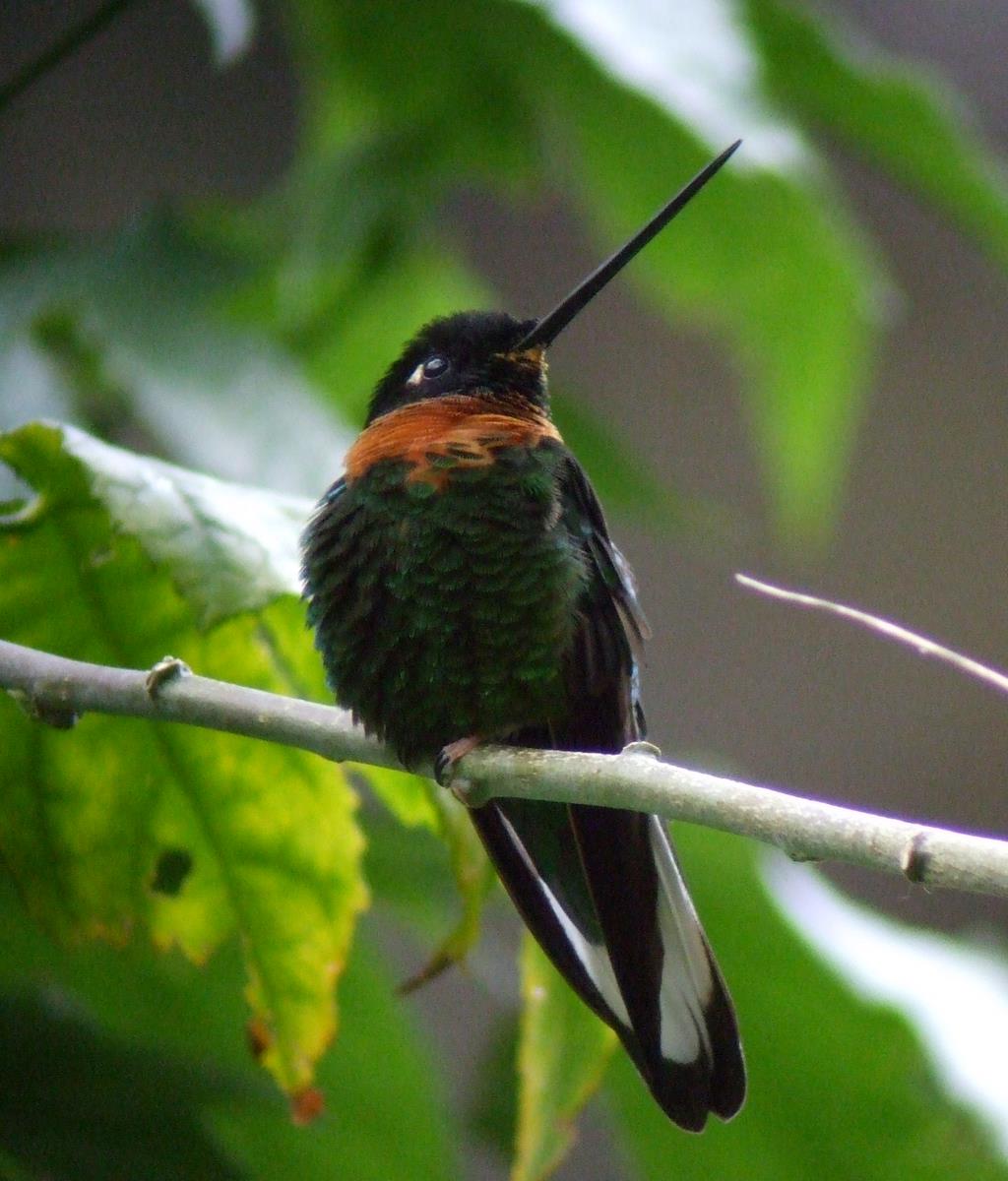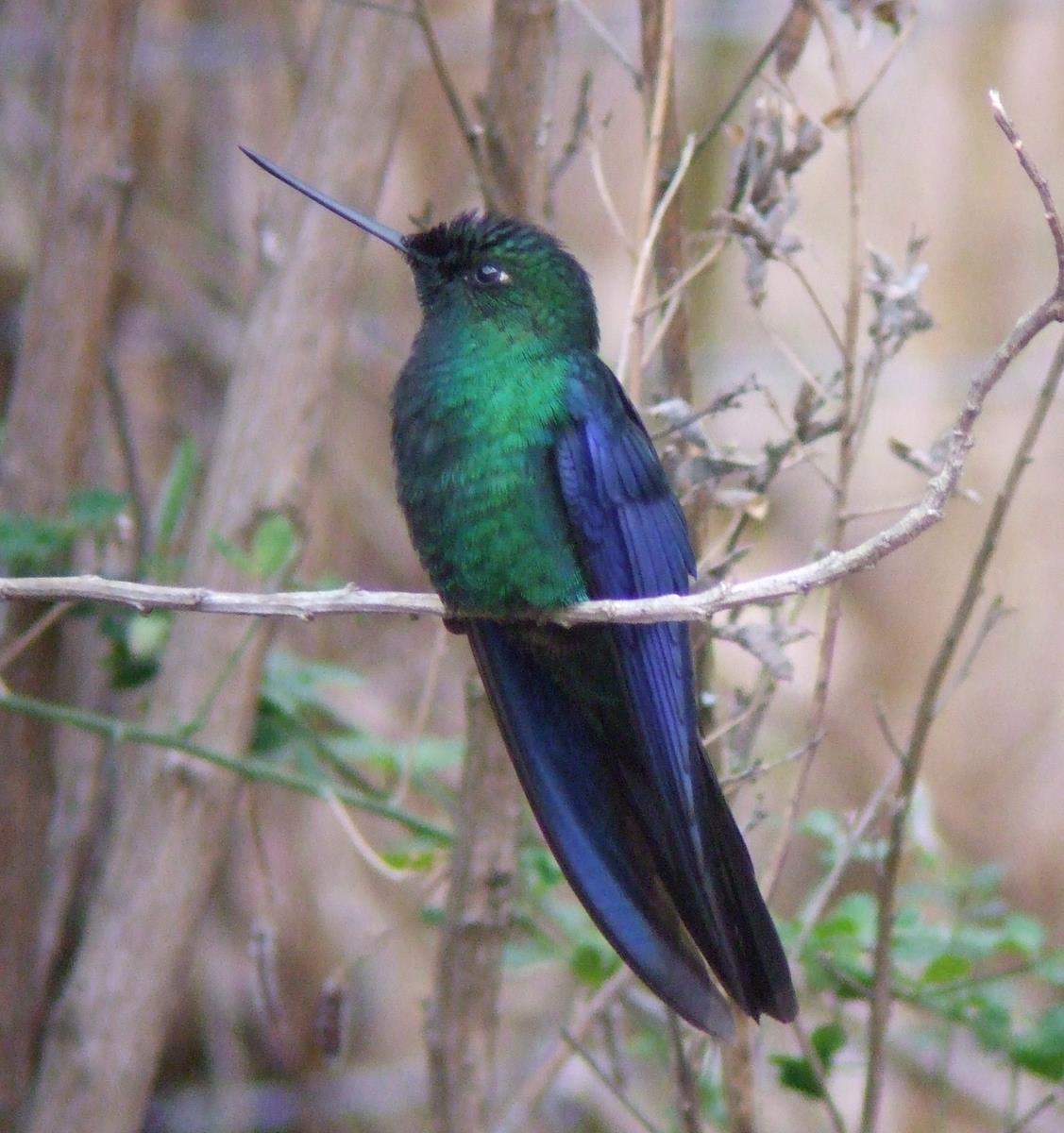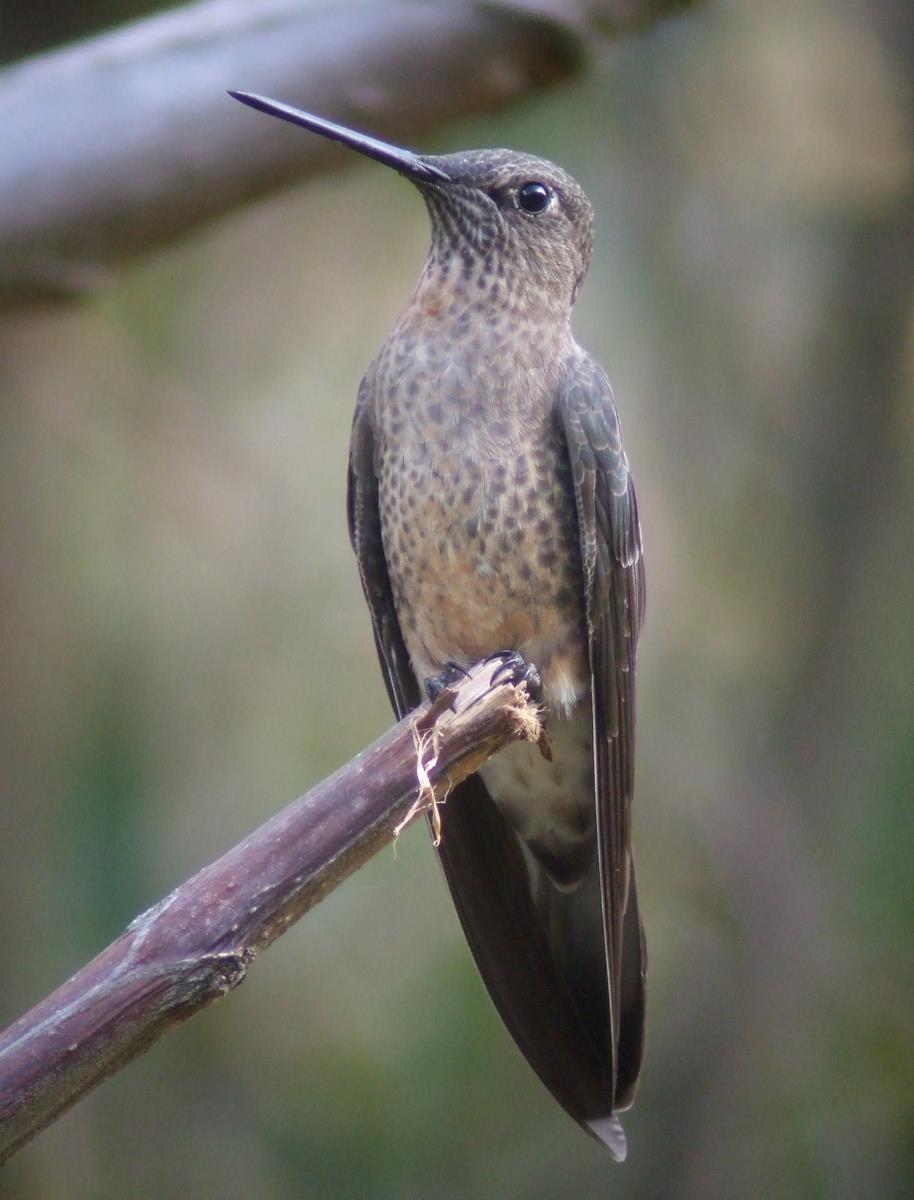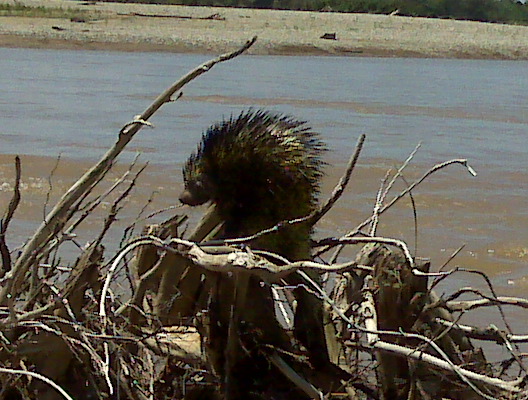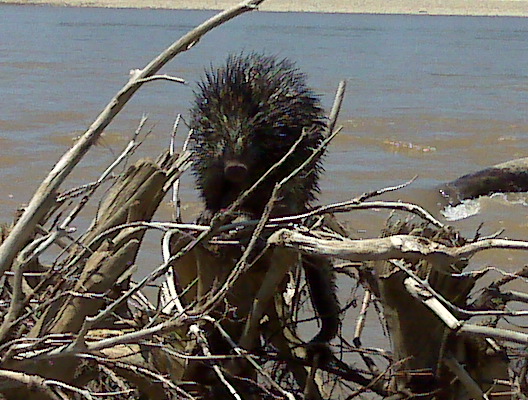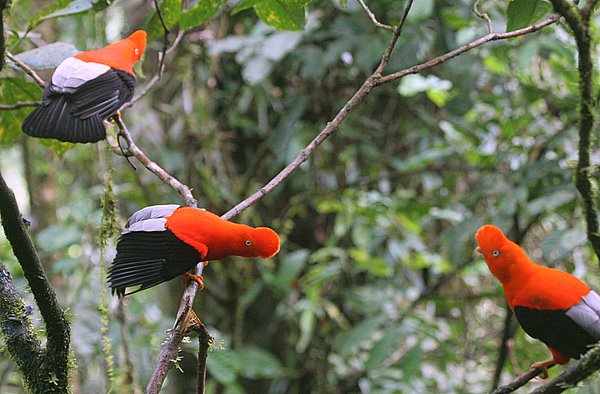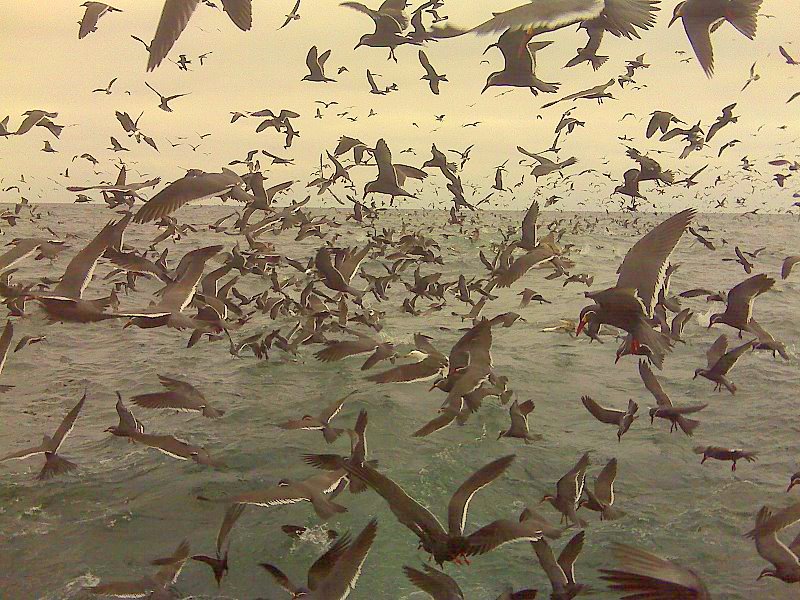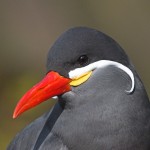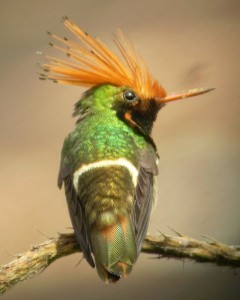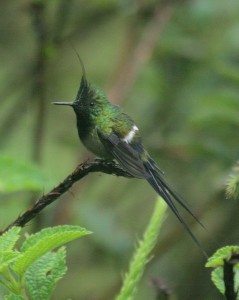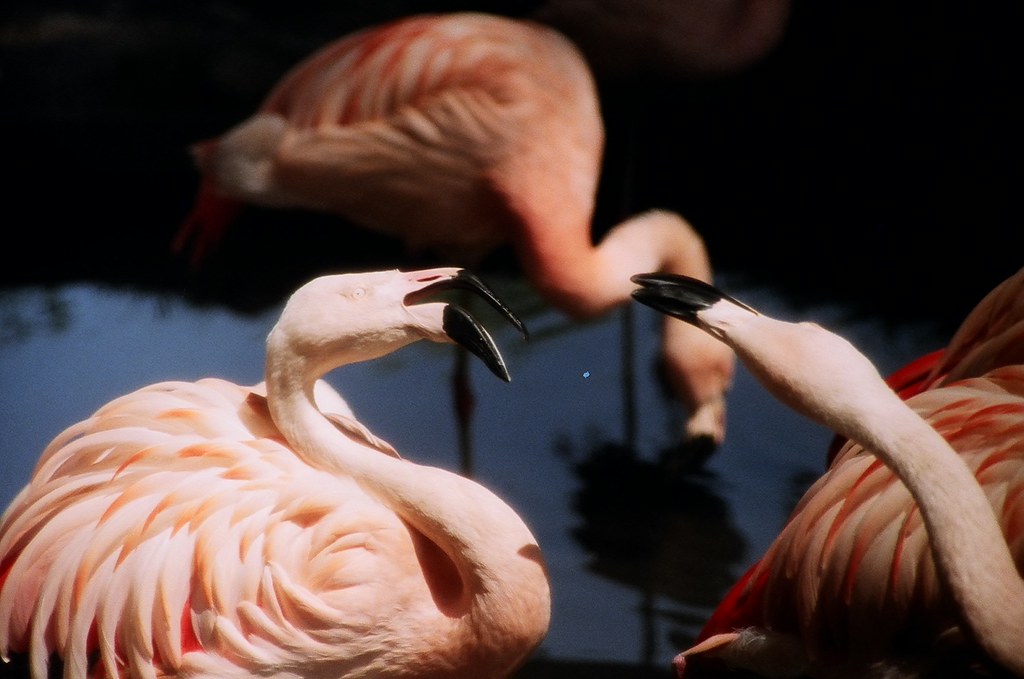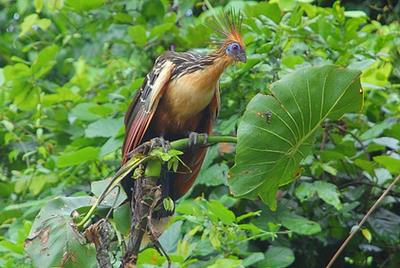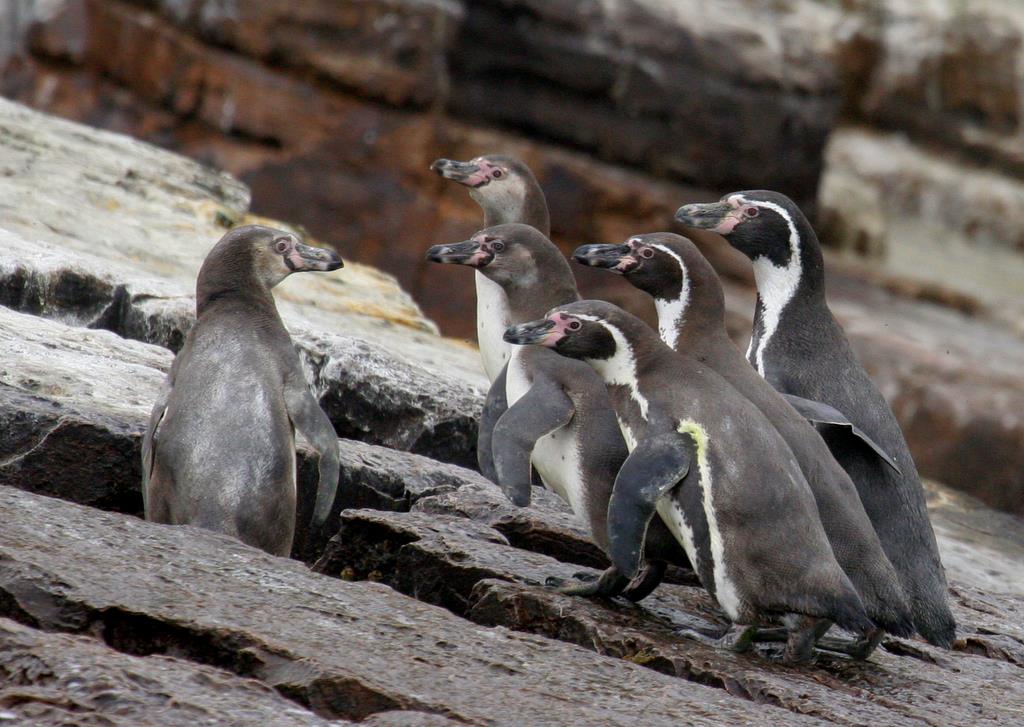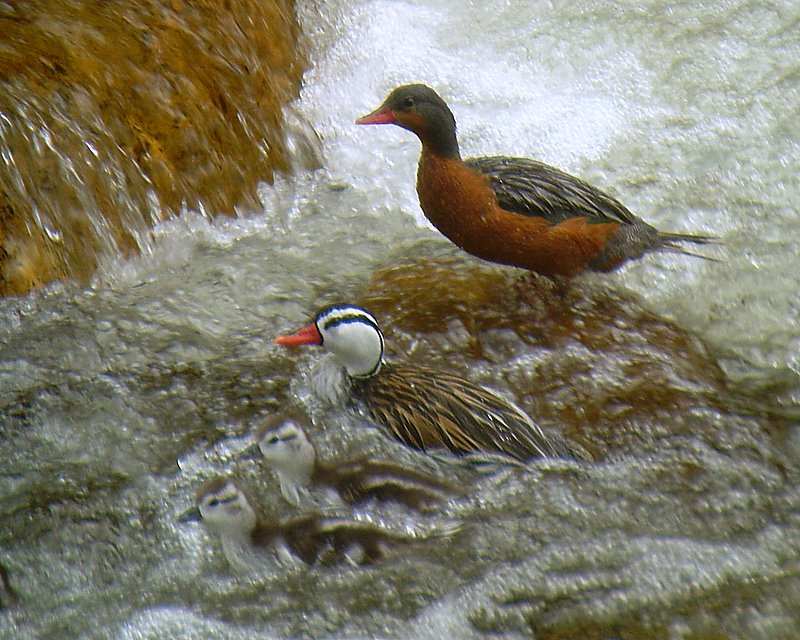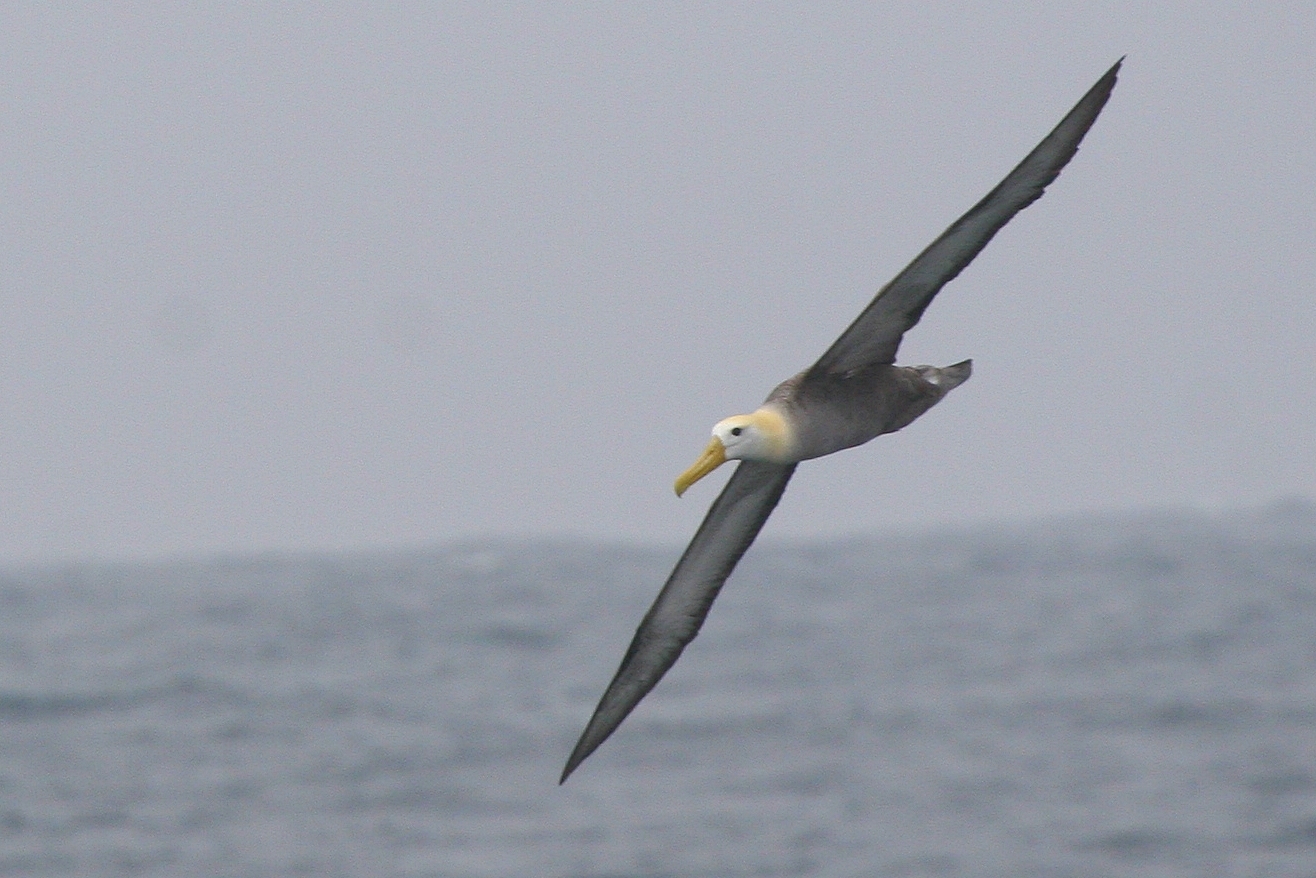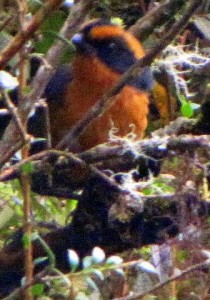Are you joking?
No I am not joking. I am giving away 4 trips to Manu and 10 trips to Carpish/Satipo road in Central Peru. Below the macaw-picture are the departures you can chose from:
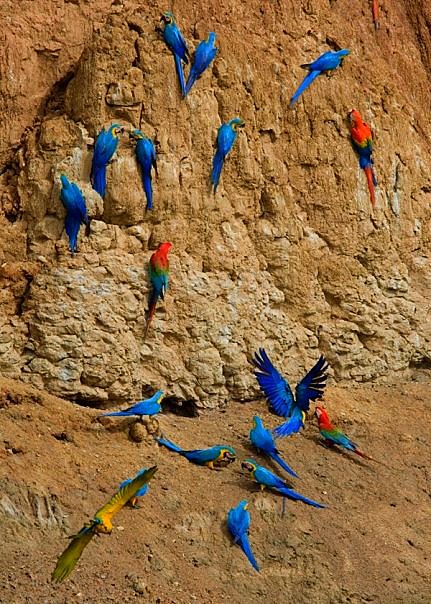
Manu 8 days
Manu needs no presentation I think. The lowland amazonian rainforest of SE Peru is world famous. How would you like to come on a totally free birding trip from Lima. You don’t even have to pay for the flights to Cusco and back from Puerto Maldonado. Available departures on the following dates. February 21, April 3, June 27 and July 18.
Carpish/Satipo road 8 days
Central Peru is less known but is great for birding and is also very inexpensive if you want to bring a friend on your free trip. This particular promotions aims to promote the area and create a continuous demand so it will be worthwhile for the communities to set up some basic lodging. At the beginning the conditions will be basic and some camping may be needed, but at the end of the year it is hoped that no camping shall be needed and that the areas should be able to receive visitors throughout the year in the future. Departures as follow: March 17, April 29, June 1, July 6, July 27, August 12, September 25, October 19, Nov 22 and December 12
Why?
I am a tree-hugger at heart. More than a birdwatcher really. There is too much habitat destruction going on. Eco-tourism can be a sustainable way to protect habitat. But true eco-tourism is not possible if the community that lives around or in the area you’d like to conserve is excluded from the master plan. The only way in reality for conservation and true eco-tourism to be successful, is to give local communities true and immediate benefits. The projects I am involved in centre around the communities.
To highlight both to the birding world as well as the communities that there areas are important I have chosen to highlight these areas in “Fixed Departures” that run monthly. Each departure has a host who has been given a free trip. I hope that this marketing, with free trips and the social media platform to get the message across, will be a very effective way to let the world know in very short time about these new birding destinations with extremely diverse wildlife, lush forests and spectacular scenery.
Also, from the perspective of the project itself and to be successful, both areas need groups fast and frequently. Otherwise, it is likely that the communities will not bother about the conservation and the eco-tourism.
What is in it for me? Disclaimer!
Kolibri Expeditions is a small company. This PR-stunt (I don’t think anyone else have tried such a bold trip give-away earlier) should/could become almost viral (at least among birders). I hope this could get our company out of little league. We are doing a good thing. We employe Peruvian guides. We work with communities. We are environmentally concerned. We have compatible prices.
Yet, we still have had problems at the end of the year for the past three years to get it together (although 2009 looks better than many previous years). The main reason for the poor result is low sales between December and May and our fixed cost that are even through-out the year. Our staff is mainly on pay-roll with legal rights to overtime, vacation, social health care and pension. So even in our slow months we have staff to pay. There is really no reason why birders should not come to Peru all year around. You will always find more birds in Peru than in your own country in the northern hemisphere. Costa Rica and Ecuador do not shut down in the rainy season – Why should Peru do so?
To sell more trips through-out the year, Kolibri Expeditions must become better known. The give-away should help!
So what is the catch?
There isn’t much of a catch really. The trips will be totally free from Lima. , Since there are only 14 trips in total given away I shall chose those that provide the biggest value to the company. How you can supply that value to us will be treated in my next opt-in newsletter due Saturday Dec 12 (the newsletter will also be sent to anyone signing up later). This is what you need to do now to be eligable for a free birding trip in Peru.
- The first thing you need to do is to sign-up to our new opt-in newletter if you have not already done so. Where? In the center column just below the big picture of a Tanager or Mr Engblom with child, there is a form to fill in. Email and Name, please! Then you will get an email telling you to click the confirmation link. That is it! You are now subscribed to the bi-weekly Kolibri Expeditions newsletter.
- Is that it? No! One more thing! The idea is to use Social Media. Social media is all about sharing. Here is the link to this post that you need to share: https://bit.ly/8s830C
In order to be eligable for a free trip you need to share. The more you share, the bigger chance you have for a free trip. I am not saying you have to become a spammer, but I am sure your friends would like to know about this possibility. Even if you don’t win one of the free trips, you will by participating and sharing win a lot of Karma, so that new opportunities will be given to you for substancial discounts or other special offers or promotions.So where and how do you share? Twitter and Facebook are the two most obvious platforms and where you probably heard of this first. However, you may be participating in different forums for birders, listservers for birders, My Space, Hi5, Linked In, FriendFeed, Chatterbirds, Chirptracker, picture sharing platforms such as Flickr, Picasa, etc. Good ol’ email and blogging also works. Write your friends and write about this in your blog. I will promote cross-link on my social media platforms to your blogpost as well as some other post on your blog which should bring you some traffic
Also make sure you use all sorts of link sharing platforms such as Delicious, Digg and Stumble Upon and that you re-tweet this everytime you open this page (check the re-tweet button and digg button above-I’ll see if I can find a SU button somewhere so please come back!).
Finally, let’s mention Facebook again. You should share this link https://bit.ly/8s830C on your wall and become fan of, monitor and participate on, the Kolibri Expeditions Facebook page. Every time you do, there is a little note on your own wall, that you have posted something on Kolibri’s wall.
Do you get the picture? Social Media rocks!
That is all you need to do for now. Easy, huh?
FAQ
Q. I am not a hard core birder, I just like nature in general.Can I still participate.
A. Yes, you can! These indigenous communities can hardly make enough money, if they have to rely only on birders. Nevertheless, there is a reason why we chose to start promoting to birders. Birding is a great way to promote new area if the ornithological value is high.
You should not expect the set-up to be 100% functional when communities, completely new to the challanges of eco-tourism, are involved. However, as a birder, as long as you see a lot of birds, some hardships and things not being perfect can be dealt with. When birders will tell other birders how great an area is for birding, it rarely has to do with what food they ate , or what temperature the shower had, but what birds they have seen. In this sense birders are the cutting edge of eco-tourism – as they can withstand less than perfect comfort as long as they see the birds.
Having said this, I am keen to offer Manu departures with other themes than birding. Anyone being avid in photography, mammals, herps, butterflies or botany would have a great chance of receiving a free trip.
If you merely have a general interest in the rain forest, these trips are not for you. However, if you have a large network of contacts and feel you can generate some interest among others to see the Amazon rain forest, Giant Otter, Tapir, Macaw-lick and up to 10 species of monkeys, I would be happy to discuss the opening of some general natural history departures also during this first promotional year – and if you can recruit members to such a trip and host it – so much better as I could then supply you with a freebie.
Q. Will you repeat this in 2011r?
A. Probably not! At least not in this form directed to birders in general. Some tour operators, birding magazines and prominent bloggers may get an offer, but it is unlikely I will present it to the public in this massive way as now. It is now or never! In any case we hope by next year that we have raised enough money to increase comfort and that it shall be no problem selling the trips for a higher amount.
Q. Why don’t you spit it out? What tours are you talking about?
A. Sorry! I was carried away talking about how great the trips are without presenting them. Here they are Manu community lodges 8 days and Satipo road and Carpish. The first is a Amazonian lowland destination and the second is a cloud forest destination. The person winning the free trip would act as host for the trip.
Q. Where can I learn more about the community projects you are involved in?
A. Here are a couple of links. I realize I need soon to write an update on the advances on the Satipo road and Amarakaeri projects, but in any case these old posts give you some background.
Amarakaeri/Manu
Birdwatching in a communal reserve next to Manu
News from Amarakaeri – the communal reserve next to Manu.
Satipo road project
Outline of ideas behind Satipo road project – before trip to Mindo, Ecuador.
A marathon for conservation – A fundraising marathon and some update on the project from 2009.
Q. I want to travel with my partner. Can we both get a free trip?
A. Yes and no! The Manu trips are tied back to back with the Carpish/Satipo road trips. Although you and your friend would not get freebie to same Manu trip, your partner could ask for a freebie to the Carpish trip that follows. This may be a advantage, when it comes down to selecting the hosts. Make sure you let me know if you are a pair.
I suggest you send me lots of other questions to my email kolibriexp@gmail.com so I can deal with them in the next newsletter.
See you on the other side.
Once again this is what you need to do:
- Sign-up for the newsletter on the top of the mid column -just below the Tanager photo or the photo of me and Luciana.
- Share this link https://bit.ly/8s830C on Facebook and Twitter and any other Social Media platform you can think of. Don’t link directly to the trip pages, please. We don’t need to shove it down their throats.
- Please don’t mention the company name in head-lines… don’t want it to appear spammy! Mentioning my name and a link to the blog should be OK, but please don’t link directly to the trip pages. Again, that would appear as too spammy in a message to many people.
Many thanks for taking part in this social media experiment.
The photo depicts 3 species of Macaws from Tambopata. The Blue and Yellow Macaw is not found on the clay lick at Manu, but the species is generarlly seen in the area. Photo Credit: Tim Ryan From the Faraway, Nearby.


